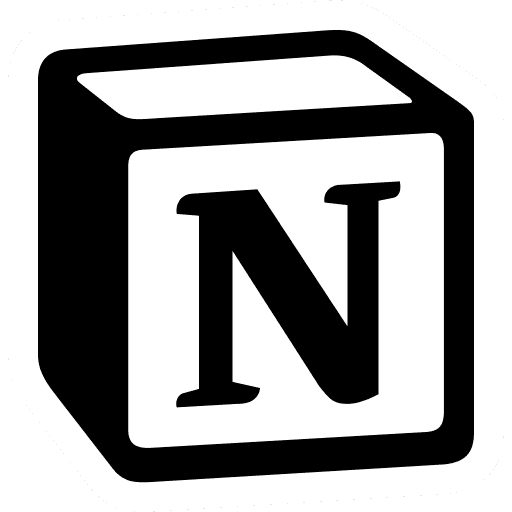Definition: What Is Cursive Writing?
Cursive handwriting is a style of joined-up handwriting in which the letters are connected to help you write faster. This is an alternative to block-letters, where you lift the pen between every letter. It can also be called joined-up handwriting. It's less commonly known as script handwriting.
The Origins of Cursive Handwriting
Cursive handwriting, also known as joined-up handwriting or script handwriting, was first developed in the 17th Century. Before the emergence of the typewriter, cursive writing letters was the preferred method of writing for professionals, such as lawyers and doctors. Cursive was known as 'fair hand' and was considered appropriate for important letters and documents.
The origins of cursive handwriting are closely linked to the quill. Back when people didn't have pencils or pens to write with, the most common writing tool was a quill. As quills are significantly more fragile and easily broken than the writing utensils we have today, cursive writing was invented as a way of overcoming their limitations. Cursive writing allowed people to write for a sustained period without having to lift their quills from the page. This was great because it meant the quill was less likely to spurt ink out all over the parchment.
The actual word ‘cursive’ comes from the Middle French word ‘cursif’, which comes from the Medieval Latin word ‘cursivus’ which means ‘running'. This makes sense as your pen is running along the page without breaking.
Is Cursive Writing Important?
Many benefits make teaching cursive handwriting important in primary education. Forming letters with the hand by using a pen or pencil is cognitively more effective when learning how to correctly form letters. Learning to form letters by hand creates a connection between the movement of the hand to the visual response of seeing the letter on the page. This is known as muscle memory. But why is learning cursive writing by hand particularly important?
Help reduce letter mix-ups: Many letters many letters can be tricky to understand when your students are first learning letter formation. These include 'p', 'q' 'b' and 'd'. These letters can easily be written backwards or upside down. By encouraging your students to join their letters, this mistake can be reduced. This is especially useful for supporting dyslexic students, who may be prone to making these errors in letter formation.
Increase concentration in writing: As cursive writing encourages more writing flow, this can increase concentration. By reducing the number of times the pen is lifted from the page, you might find that your students can write more fluidly. This can help them to better express their creative ideas.
Faster writing: One of the great reasons that teachers and students should learn to write in cursive style is because it's much faster than print script. In cursive handwriting, the letters are connected. So, you and your young learners will lift your pens less frequently, cutting down on time spent forming letters. After all, if your students are writing faster, they will be able to write more, learn more, and achieve more!


















